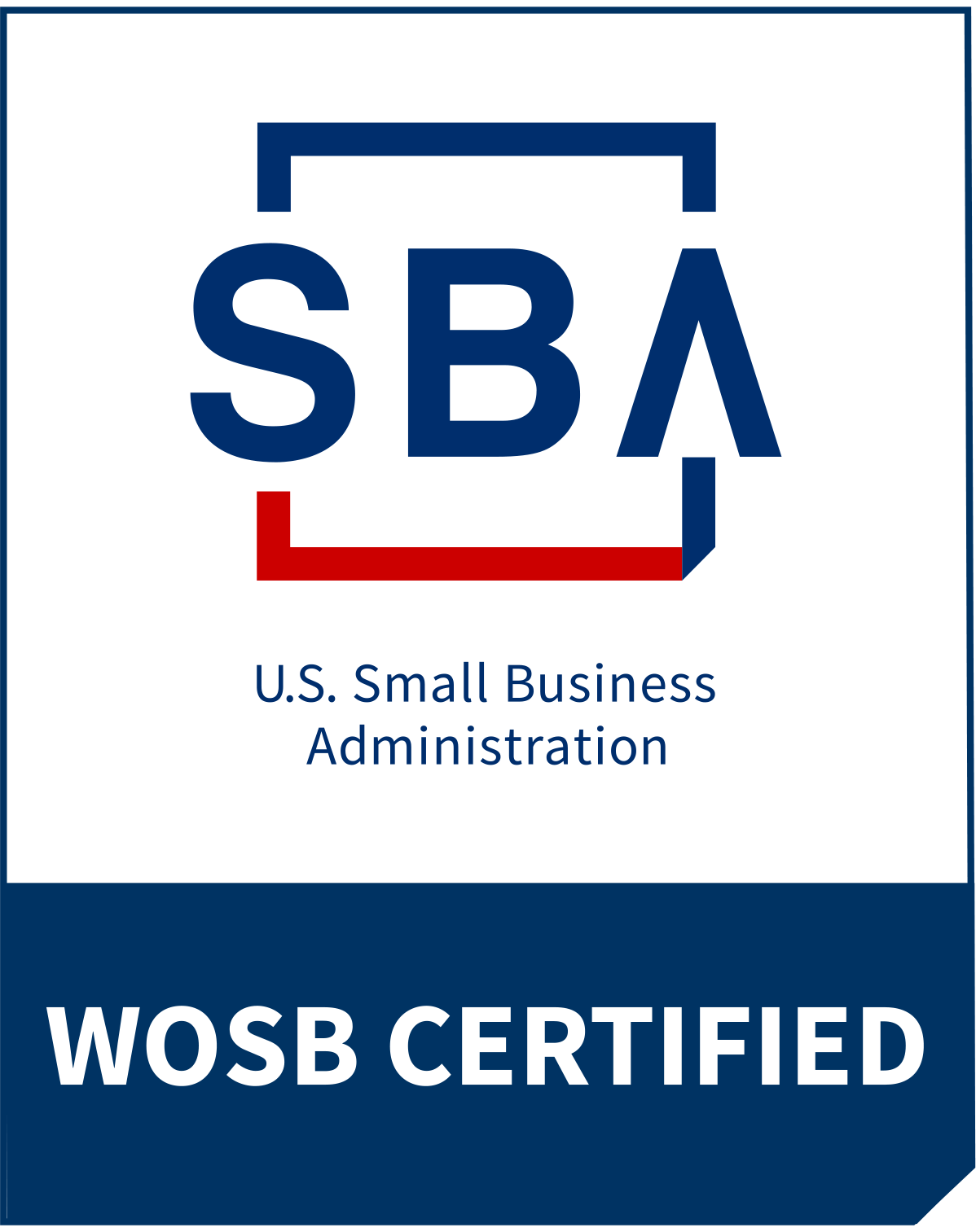The Mystery of Collaboration
By Amy Cowart
As organizational consultants, we often hear our clients use the term “collaboration” to describe some interaction between peers or between employees and leadership. Sometimes collaboration is in fact what has occurred, but very often the word is used to describe something else – cooperation, coordination, information exchange. So what is true collaboration? How do we know when it’s happening? When should we collaborate? And how can we encourage our organizations to optimize its use?
What is Collaboration?
Collaboration has become a buzzword in public and private sector organizations, however, when effectively applied, it can have a real utility for organizations. According to Jesse Lyn Stoner, a business consultant, coach, former executive, and bestselling author, “collaboration is working together to create something new in support of a shared vision.” Using this definition we can see that collaboration requires not only that we exhibit teamwork, but that we also align around a shared outcome and create something new through our interaction. We sometimes refer to this process as “co-creation.” This definition differentiates collaboration from other teamwork concepts such as cooperation and coordination. In “cooperation” we share information so that we can each achieve our individual goals, while in “coordination” we work as a team to implement a joint effort. These latter concepts are not focused on joint creation, but rather on finding ways to smoothly and successfully implement existing goals. It is important to keep in mind that leaders in healthy organizations make use of all three of these approaches, but know when to apply each one and what to expect as a result.
When is Collaboration Necessary?
There are many instances in which an organization should consider employing collaborative techniques to achieve its goals. We often work with public sector organizations that are developing new policies or procedures that will affect a wide array of stakeholders. Engaging these stakeholders early in the development process increases the range of ideas that can shape the solution while simultaneously engendering buy-in to the end-state.
Everyone walks away from a well-structured collaborative interaction with a genuine stake in the path forward. Although the collaboration takes time to plan and execute, it saves organizations an immense amount of time later down the road when the new policy or procedure is being implemented. Similarly, collaboration can be critical for internal interactions. When bringing together staff and leaders from different departments or units to develop a joint solution, collaborative techniques serve to ensure participants are not just engaging in pleasant dialogue. Rather, they are working together towards a shared end-state that requires them to make difficult decisions and trade-offs along the way. They emerge from these interactions with a shared understanding of what needs to be accomplished and a sense of ownership about its success.
How Can We Encourage Collaboration?
For organizations where collaboration is not the norm, it requires the attention of leadership to foster collaborative interactions. Leaders must be willing to relinquish some control over decision-making and provide employees the room to experiment and fail at new initiatives. Employees must feel empowered by leadership and feel as though their contribution to the collaborative process will be valued and incorporated into the end-state. Additionally, collaboration works best in environments that value mutual respect and trust so that each voice can be fully heard.
With this definition of collaboration in mind, consider your own organization’s meetings, interactions, and dialogues. Where in your organization are you using the term collaboration to mean something else, such as cooperation or coordination? Where can you encourage more collaboration? What values and behaviors will you need to promote to foster this collaboration? Reflecting on these questions will better position your organization to design meaningful interactions that help employees and stakeholders come together with true intention to achieve innovative outcomes.




